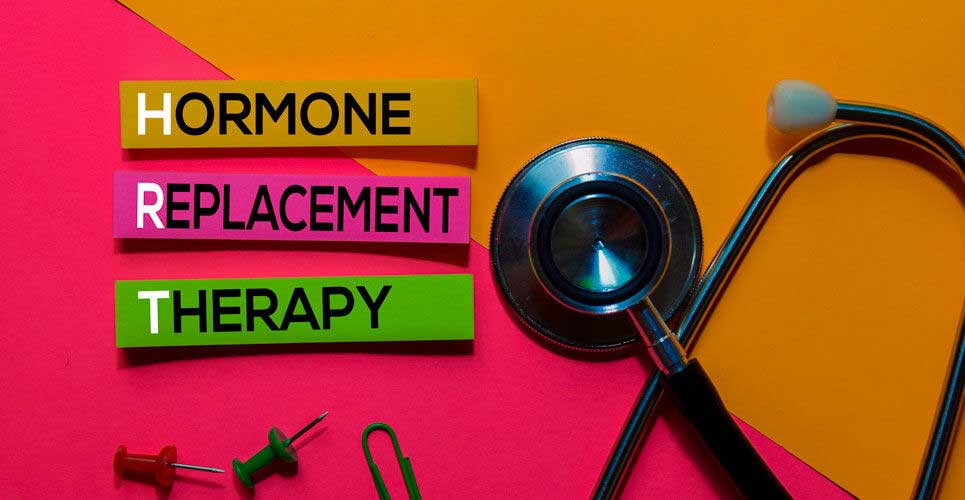Gender-affirming care plays a crucial role in the journey of transgender individuals. For transgender women, feminizing hormone therapy is often a pivotal component of their transition. In this comprehensive guide, we will explore what feminizing hormone therapy is and how it empowers transgender women to align their physical appearance with their gender identity.
For those considering feminizing hormone therapy or seeking guidance on their transition journey, reach out to Texas Specialty Clinic at (469) 496-2454. Our experienced team is here to support you. Take the first step towards your authentic self today.
Understanding Feminizing Hormone Therapy
Feminizing hormone therapy, also known as hormone replacement therapy (HRT) for transgender women, involves the administration of hormones to promote the development of feminine secondary sex characteristics. This therapy helps transgender women feel more comfortable in their bodies by aligning their physical features with their gender identity.

Candidates for Feminizing Hormone Therapy
Transgender women who experience gender dysphoria related to their assigned sex at birth (typically male) are potential candidates for feminizing hormone therapy. Candidates typically undergo a thorough psychological assessment and consultations with healthcare providers specializing in gender-affirming care to ensure that they are mentally and emotionally prepared for the therapy.
Hormone Types and Effects
Feminizing hormone therapy typically involves two primary types of hormones:
Estrogen: Estrogen is the hormone responsible for promoting feminine secondary sex characteristics. It stimulates breast development, softens skin, reduces body hair growth, and redistributes fat to the hips and breasts.
Anti-Androgens: Anti-androgens, often used alongside estrogen, block the effects of testosterone, the primary male sex hormone. This helps reduce masculine features such as facial and body hair growth and muscle mass.
The combination of estrogen and anti-androgens creates a feminizing effect, contributing to the overall transition process.
Administration Methods
Feminizing hormone therapy can be administered through various methods, including:
Oral Medications: This method involves taking estrogen and anti-androgen pills daily.
Injections: Some transgender women prefer injectable forms of hormones, which are typically administered every few weeks.
Transdermal Patches: Patches are applied to the skin and slowly release hormones over time.
The choice of administration method depends on the individual’s preferences and healthcare provider recommendations.

Monitoring and Adjustments
Throughout feminizing hormone therapy, regular monitoring is essential. Healthcare providers will conduct blood tests to assess hormone levels and ensure that the therapy is safe and effective. Adjustments to hormone dosages may be made to achieve desired results while minimizing health risks.
Potential Side Effects and Risks
Feminizing hormone therapy, like any medical treatment, carries potential side effects and risks. Common side effects may include breast tenderness, mood swings, and weight changes. Additionally, there is a slightly increased risk of blood clots, which is why monitoring hormone levels is crucial.
Emotional and Psychological Support
The emotional and psychological aspects of feminizing hormone therapy are significant. It’s essential to have a support system in place, including therapists, friends, and support groups, to navigate the emotional journey effectively. Many transgender women experience increased self-esteem and improved mental well-being as they progress through their transition.
Feminizing hormone therapy is a powerful tool that empowers transgender women to align their physical appearance with their gender identity. It helps individuals feel more comfortable in their bodies and plays a vital role in their overall transition journey. If you’re considering feminizing hormone therapy, consult with healthcare providers experienced in gender-affirming care to receive the guidance and support necessary for a safe and fulfilling transition. Remember that your well-being and authentic self-expression are at the heart of this transformative journey.
